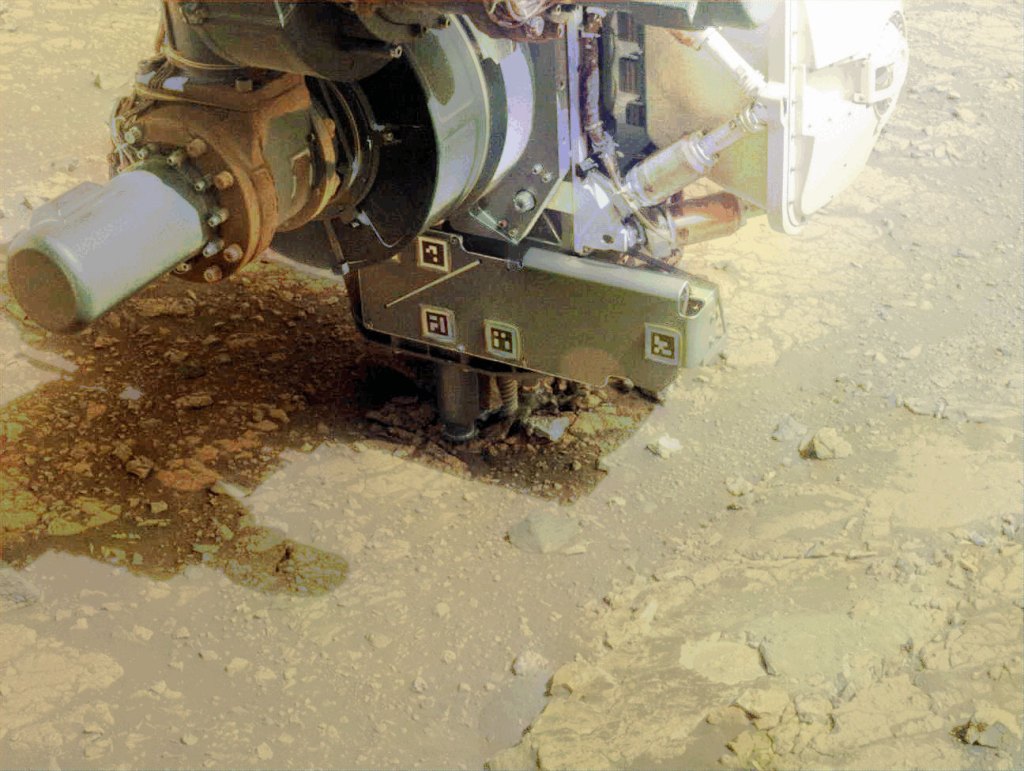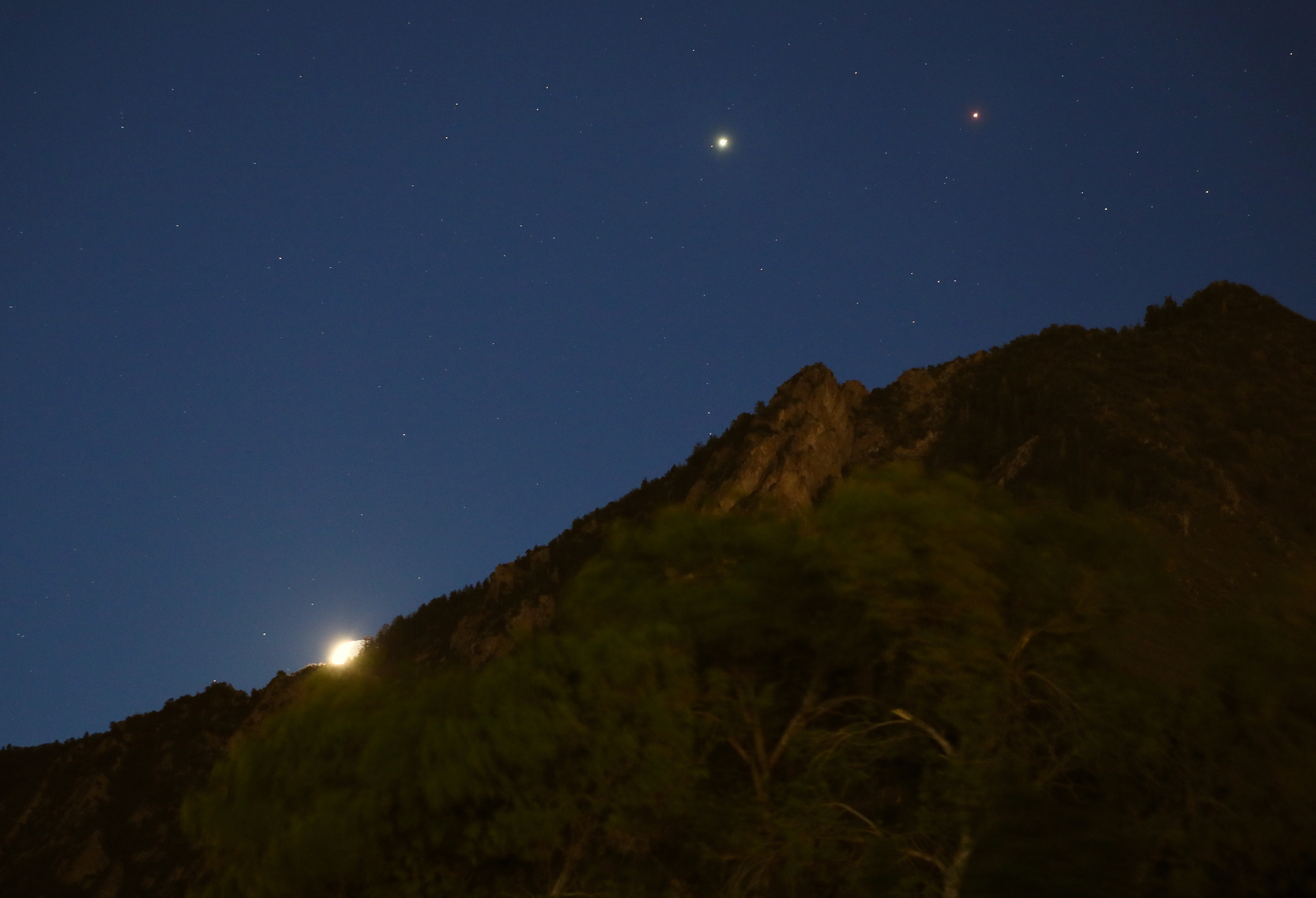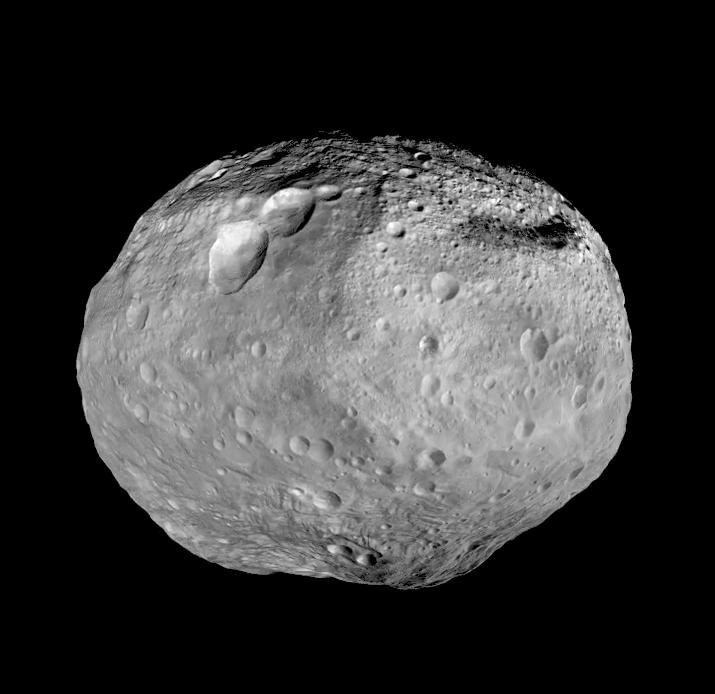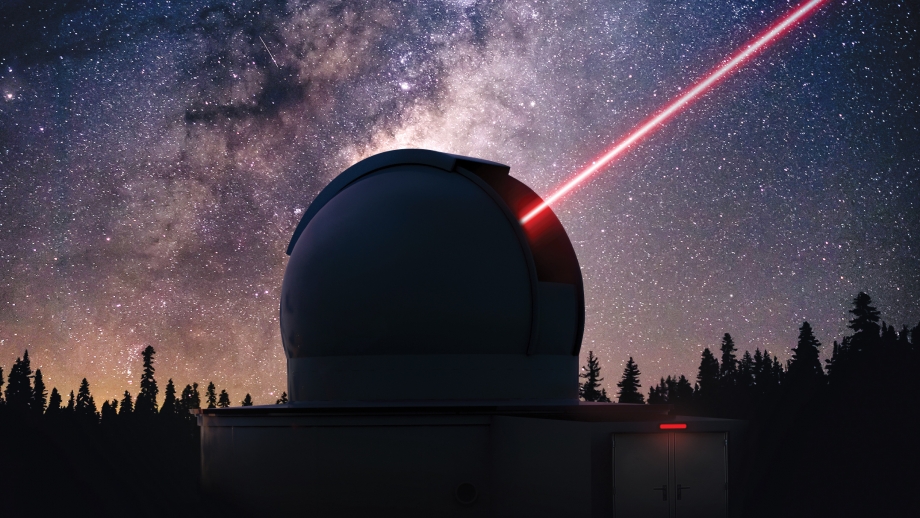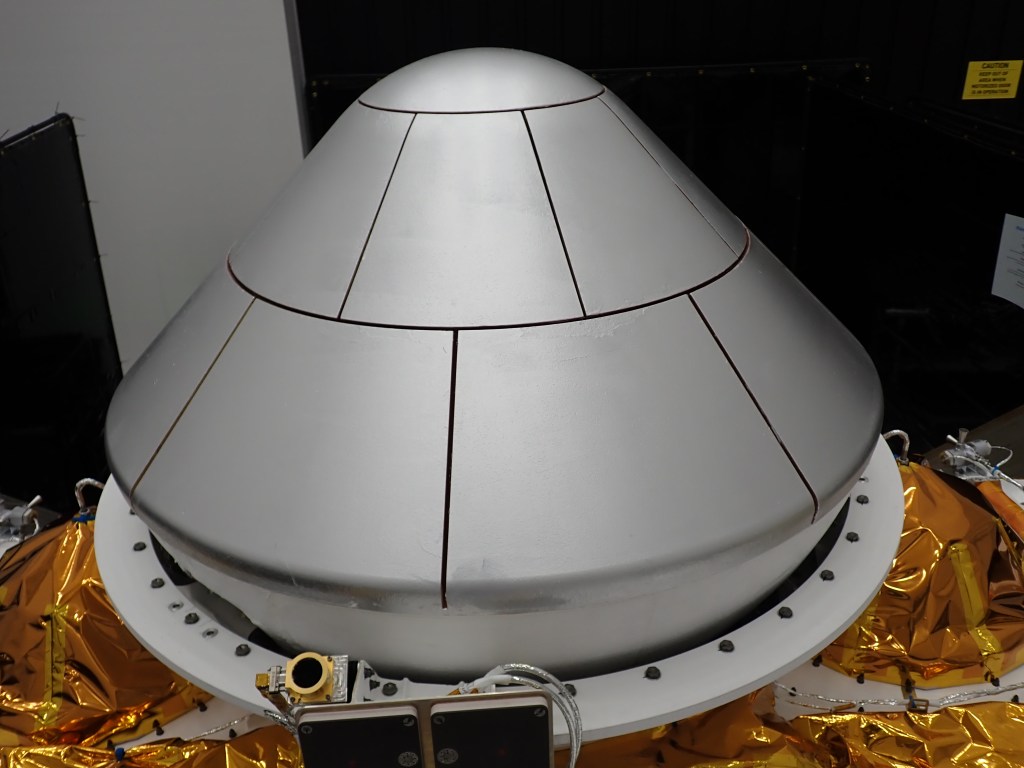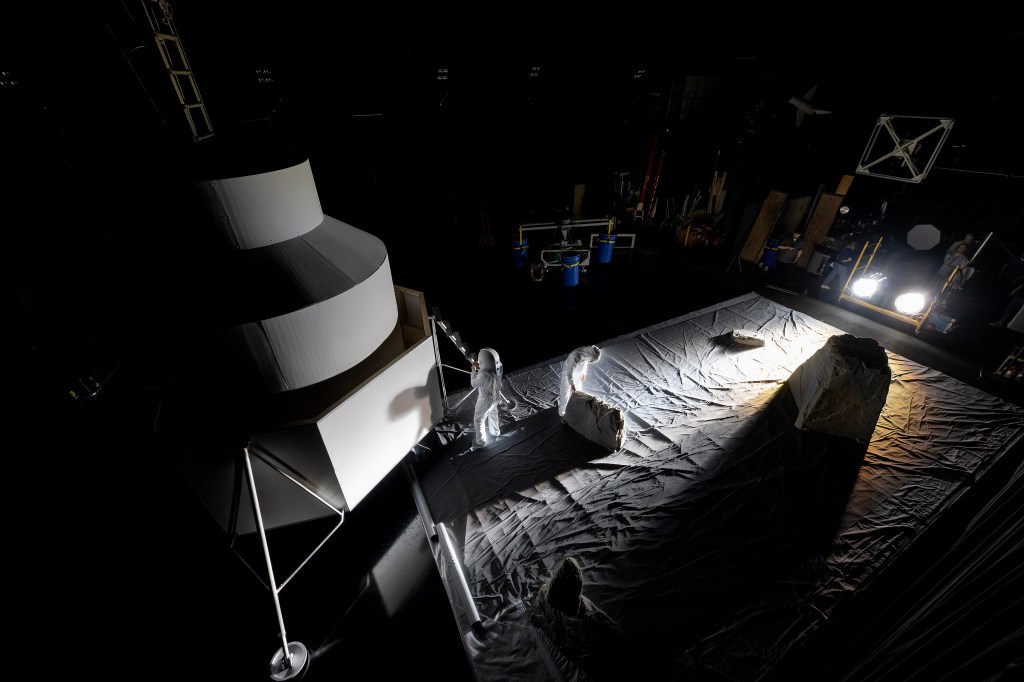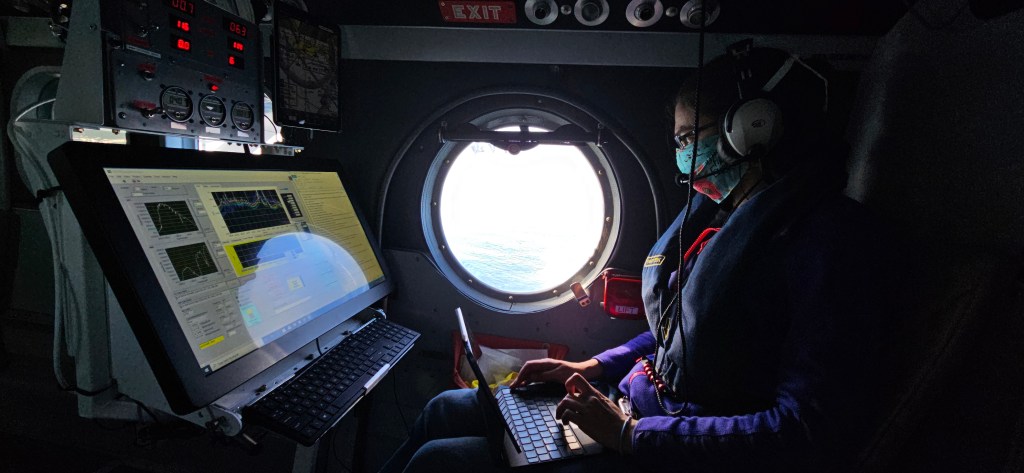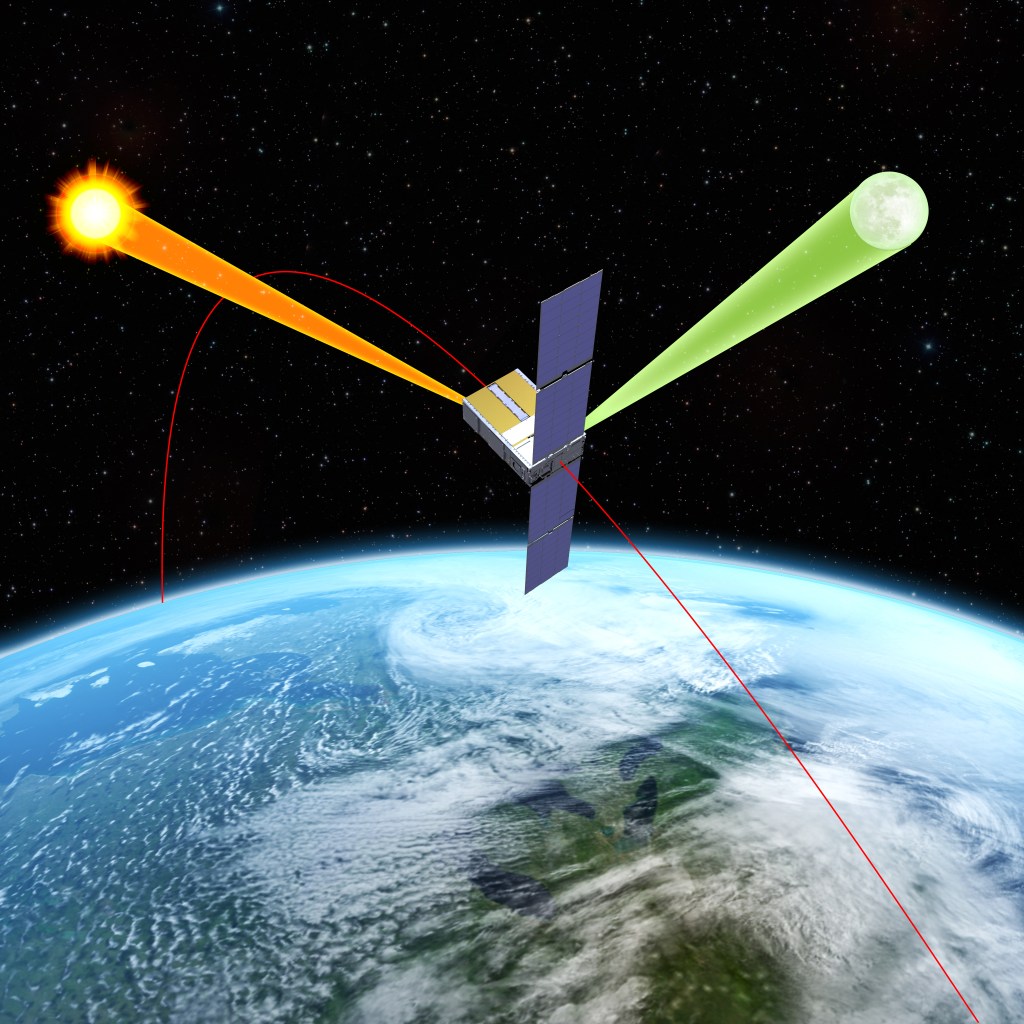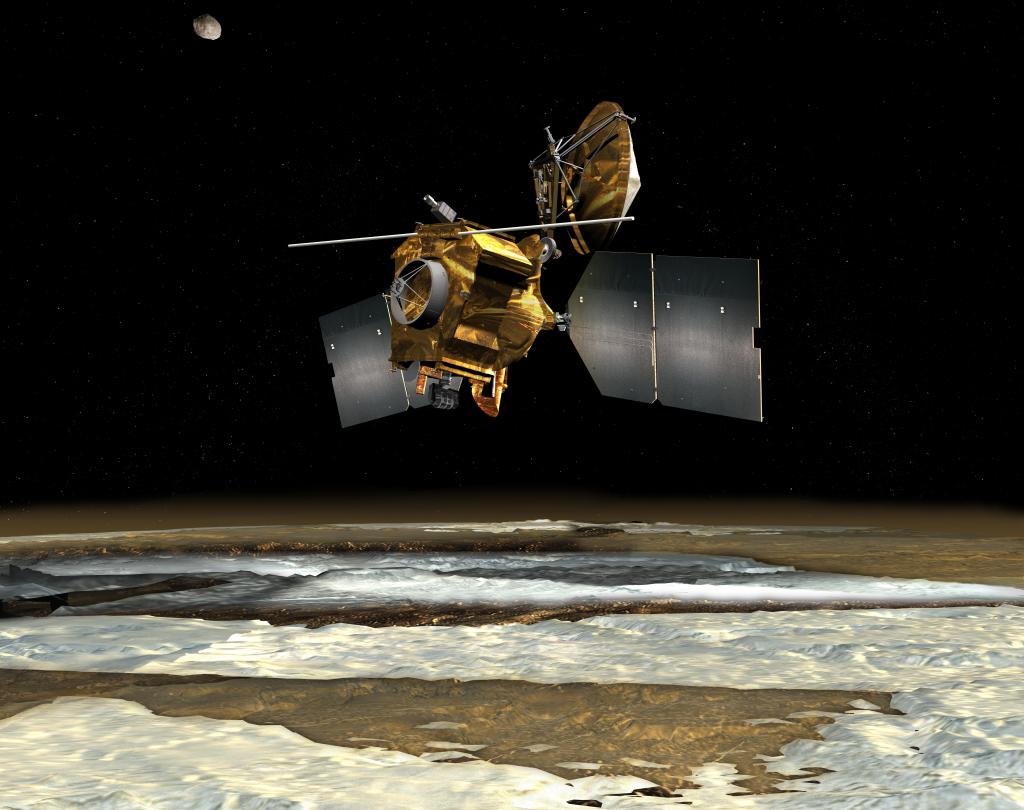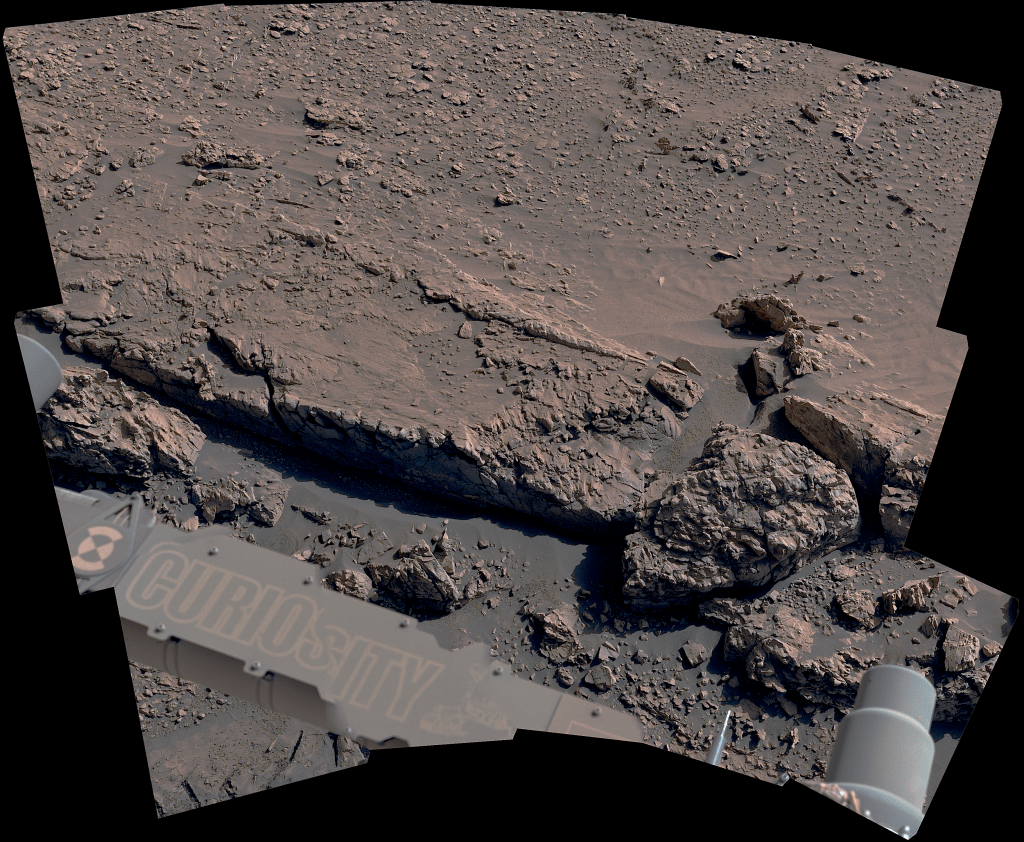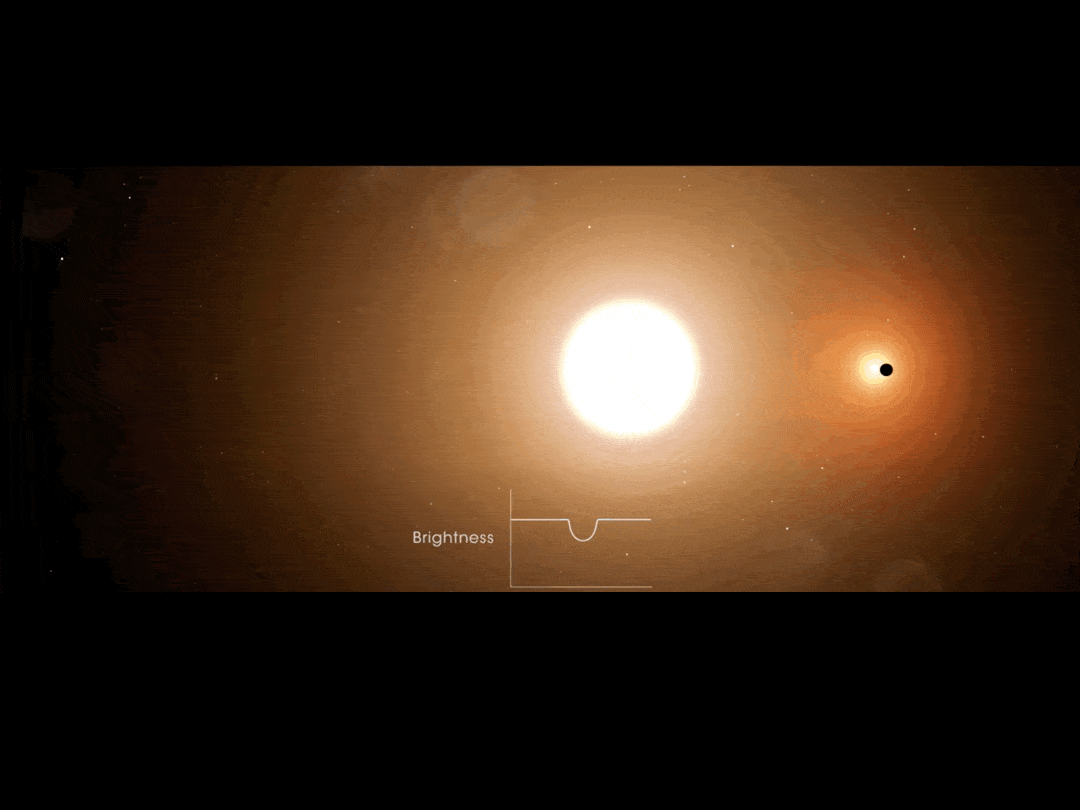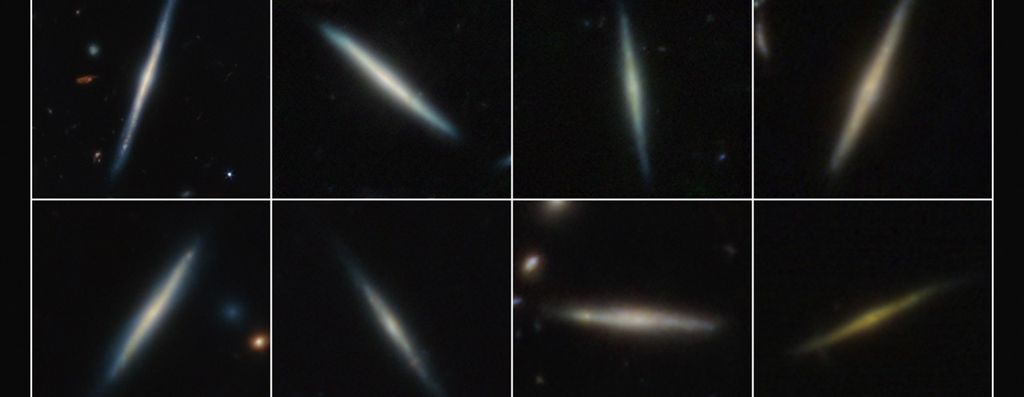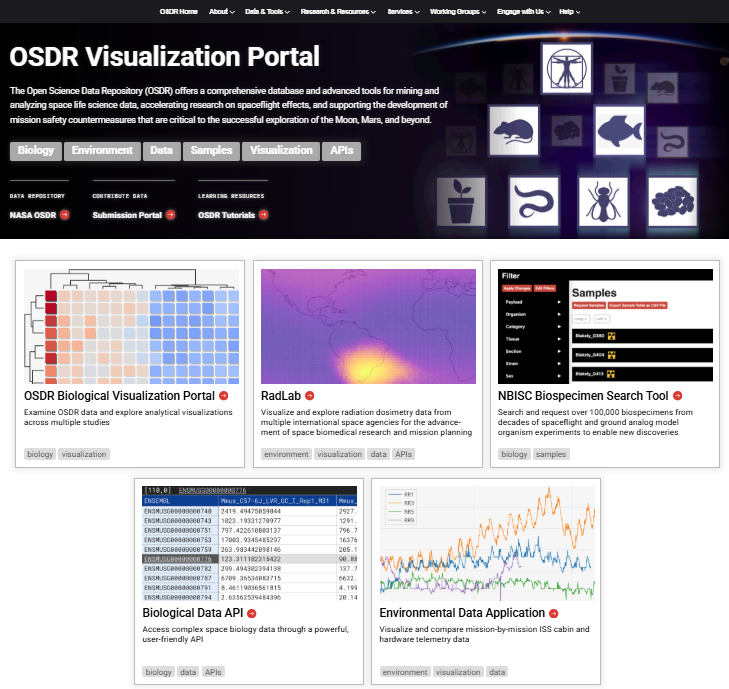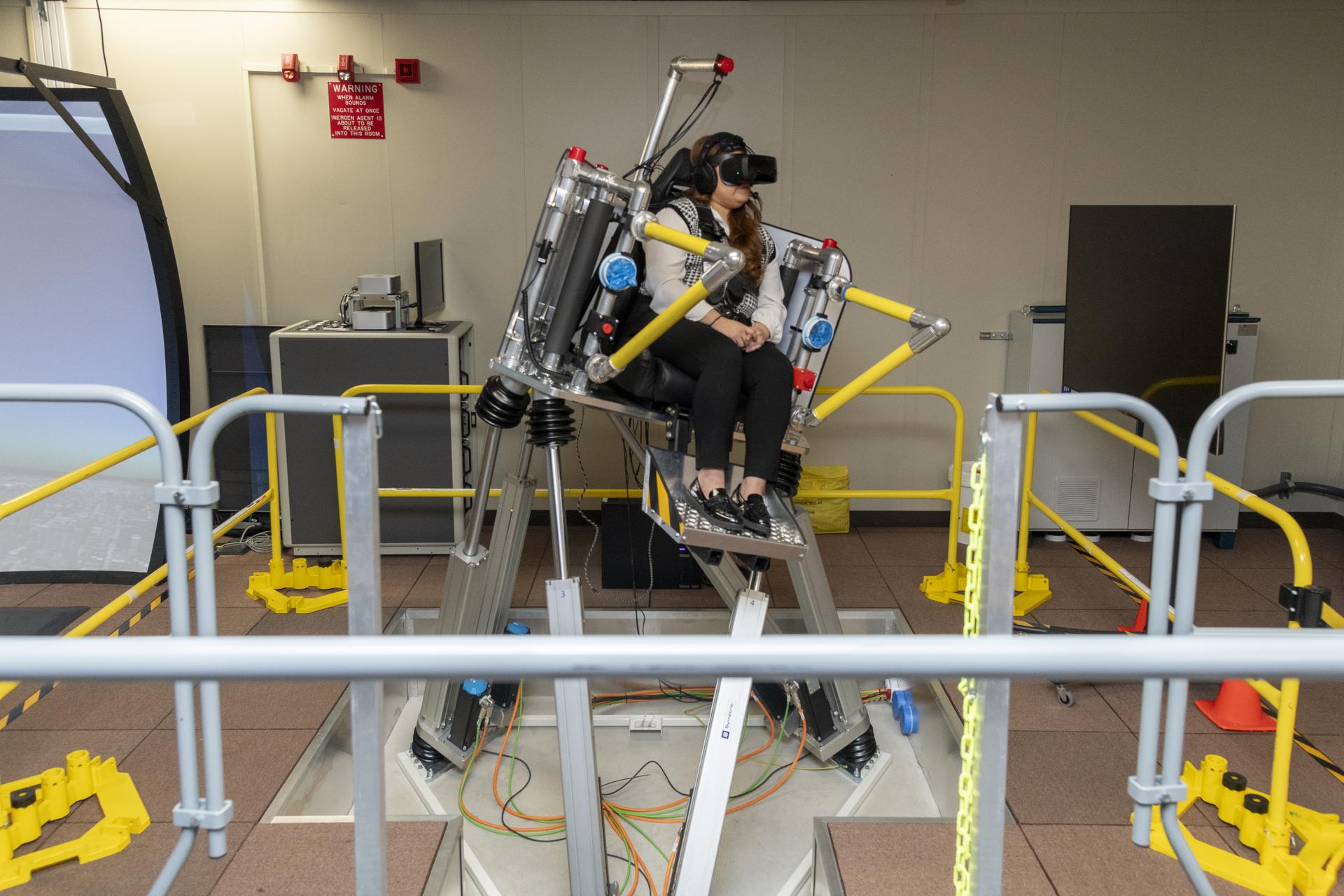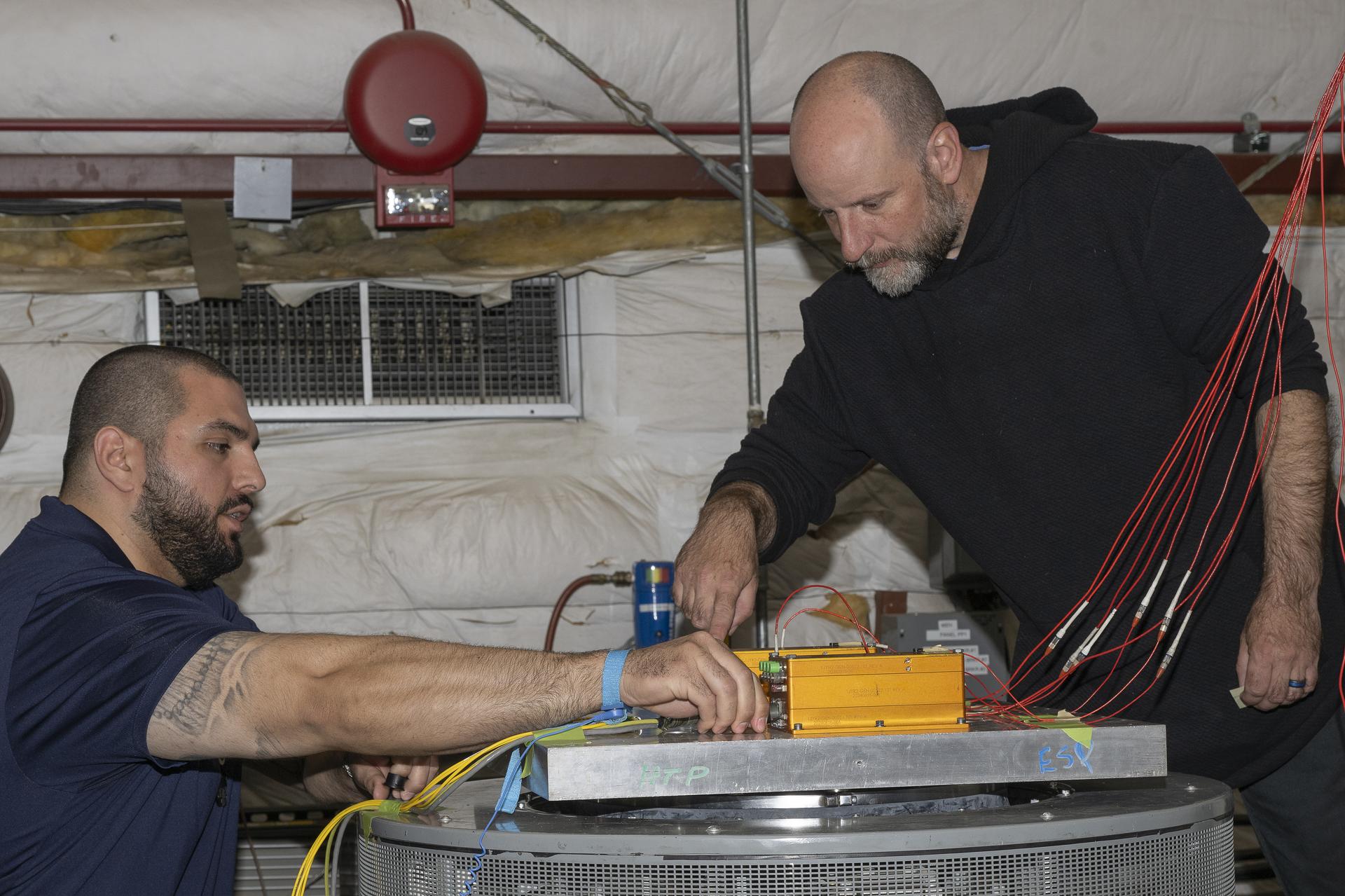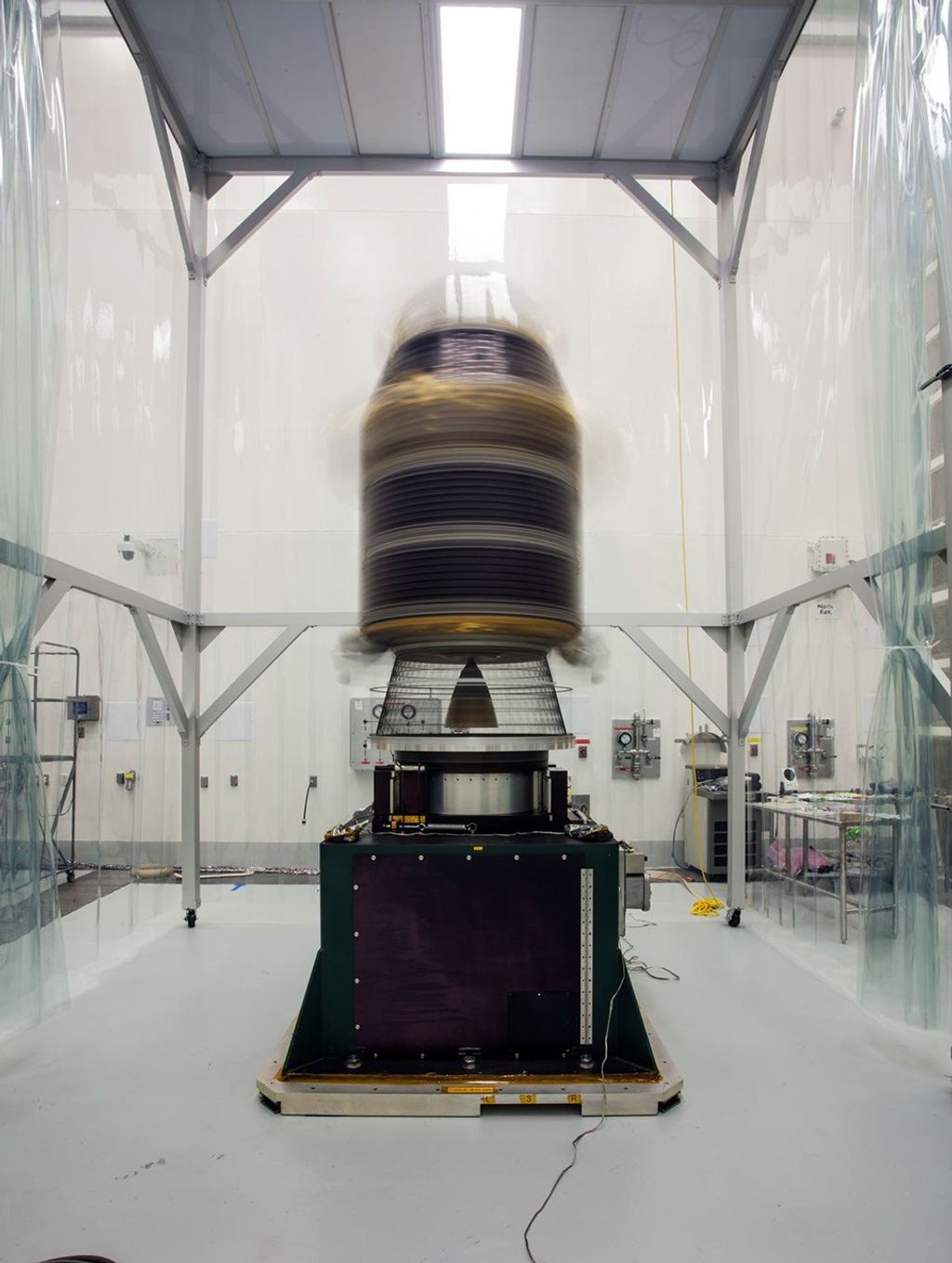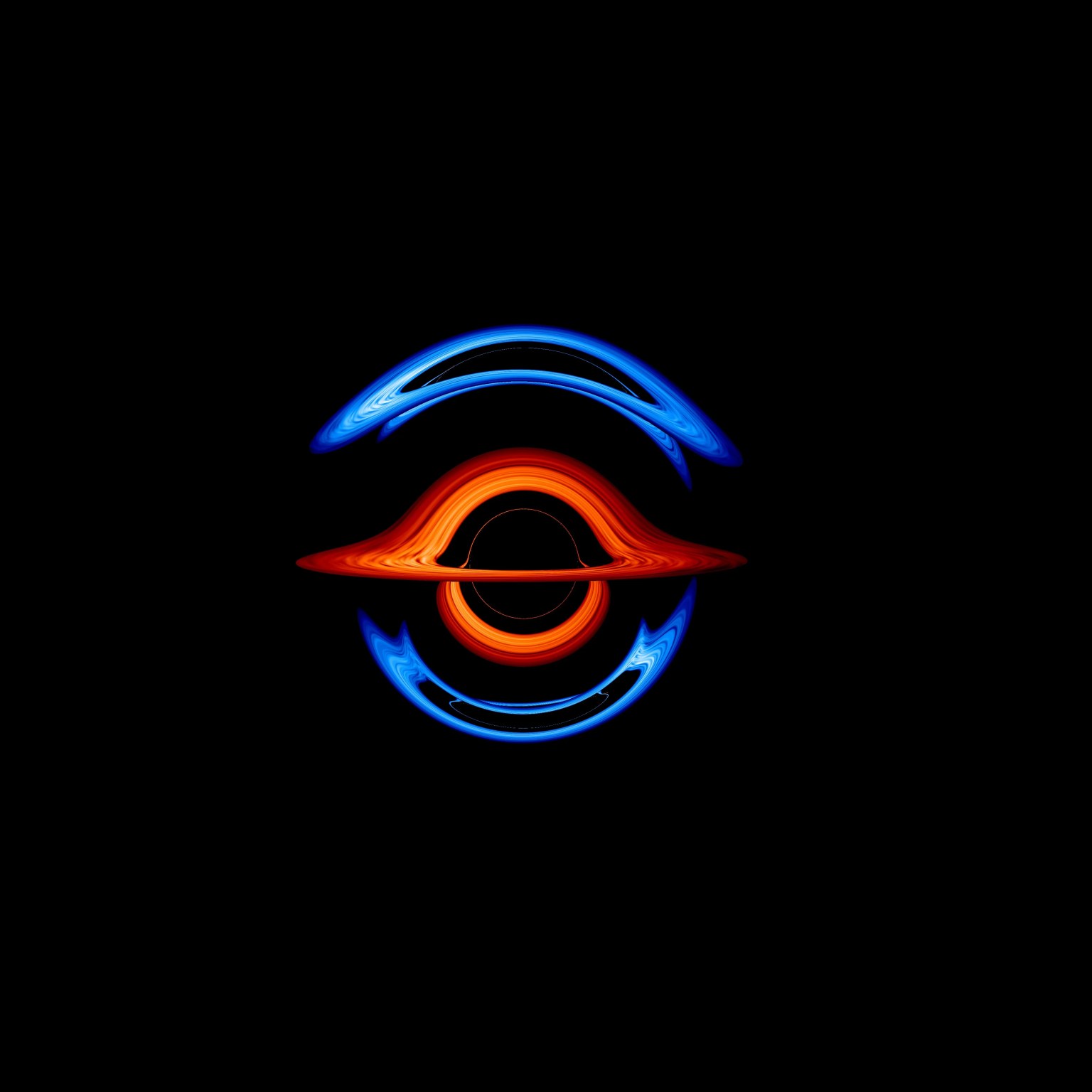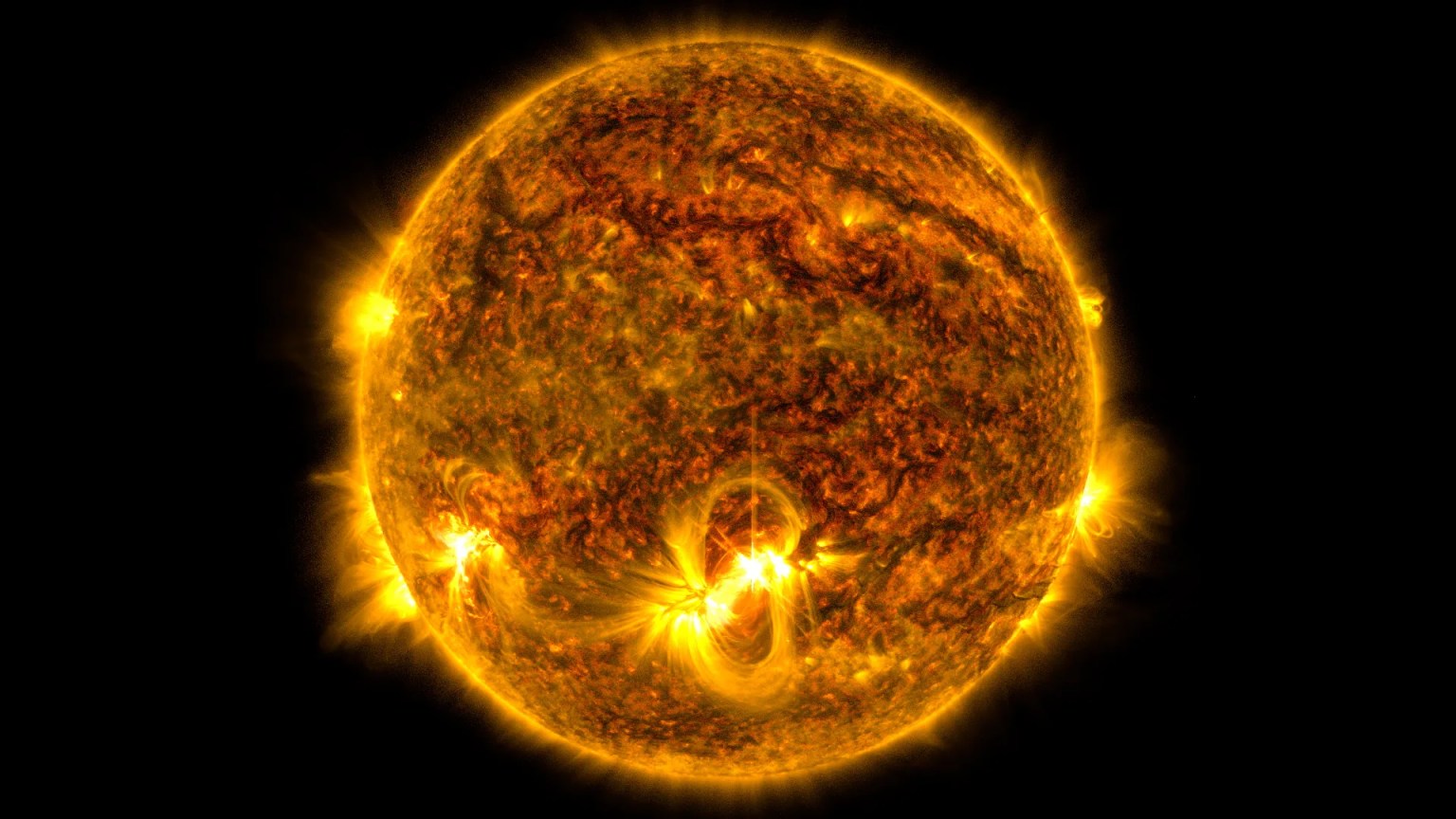Swift’s Science
Originally designed as a satellite dedicated to studying GRBs — gamma-ray bursts, the most powerful explosions in the cosmos — Swift also monitors active galaxies powered by supermassive black holes, studies stars undergoing X-ray flares, nova outbursts, and supernova explosions, observes comets and asteroids in our own solar system, and conducts long-term observations of a variety of objects. Swift now occupies a place at the crossroads of multiwavelength, time domain, and multimessenger astronomy.
The mission was born as a multiwavelength observatory, with three co-aligned telescopes operating across a broad energy range, from red visible light to gamma rays with energies up to 250,000 times greater. The UVOT (Ultraviolet/Optical Telescope) and XRT (X-ray Telescope) are led by astronomers at Penn State at University Park, Pennsylvania, while the BAT (Burst Alert Telescope) is led by astronomers at NASA’s Goddard Space Flight Center in Greenbelt, Maryland.
Time domain astronomy involves the study of astronomical objects across various divisions of time, from microseconds to decades or more. Swift’s flexible planning system enables astronomers to request "target-of-opportunity" observations that can be commanded from the ground in as little as 10 minutes, or to set up monitoring programs for observing specific sources lasting as little as a few minutes to multiple months. The system can schedule up to 75 independent targets a day.
NASA’s Goddard Space Flight Center
Multimessenger astronomy involves detecting light — the best-known astrophysical “messenger” — emitted from sources discovered by observatories sensitive to non-electromagnetic signals, like gravitational waves or high-energy particles. Beginning in 2015, observatories on the ground began directly detecting gravitational waves — ripples in space-time generated by orbiting masses — from merging black holes. Just two years later, on Aug. 17, 2017, spacecraft detected a GRB associated with a gravitational wave detection — the first time light had been seen from one of these events. While Swift did not detect the burst, it and many other facilities studied the afterglow and the expanding cloud of debris, dubbed a kilonova, in great detail.
NASA’s Goddard Space Flight Center
Swift’s original goal was to enable the discovery and rapid localization of GRBs and to quickly observe their afterglows in visible, ultraviolet, and X-ray light. This was especially important for an elusive population called short GRBs, whose gamma rays peak in less than two seconds. Until Swift, it had been impossible to identify the locations of these bursts rapidly and precisely enough to observe their afterglows. In May 2005, Swift achieved this milestone with GRB 050509B, which lasted just 0.03 seconds. Swift turned to the burst fast enough to detect 11 X-ray photons, making this the first short burst with a detected afterglow. These observations validated long-standing theoretical models suggesting that short GRBs come from mergers of two neutron stars, objects with the mass of the Sun that have been crushed to the size of a city.
Additional Swift milestones and discoveries
- 2023 Swift finds a black hole repeatedly nibbling on a star (Swift J023017.0+283603).
- 2022 Swift observes the BOAT (brightest of all time) GRB (221009A).
- 2020 NASA’s Swift tallies water from interstellar comet 2I/Borisov.
- 2016 Swift discovers the first “wind nebula” around a magnetar (Swift J1834.9-0846).
- 2015 Swift spots its thousandth GRB (151027B).
- 2014 Swift observes mega flares from a red dwarf star (DG CVn).
- 2013 Swift discovers supernova remnant G306.3–0.9.
- 2012 Swift discovers an anti-glitch in a magnetar (1E 2259+586).
- 2011 Swift discovers the first relativistic tidal disruption event (Swift J1644 +57).
- 2010 Swift's BAT survey finds “smoking gun” of black hole activation.
- 2009 Swift detects the farthest burst, GRB 090423, smashing the cosmic distance record for this phenomenon. Light from the burst had traveled more than 13 billion years to reach us. The event represents the demise of a star and the birth of a black hole in one of the universe's earliest stellar generations.
- 2008 In March, Swift detects the "naked-eye" GRB, which for about a minute was bright enough to see with the unaided eye despite the fact that its light had traveled to us for 7.5 billion years. In May, Swift catches first supernova (SN 2008D) in the act of exploding.
- 2007 Neil Gehrels and the Swift team are awarded the Bruno Rossi Prize “for major advances in the scientific understanding of gamma-ray bursts. These include groundbreaking observations to determine precise location of short gamma-ray bursts, and the discovery of enormously bright X-ray flares in the early afterglows.”
- 2006 Swift observes the first break out of a supernova shock wave from nearby GRB 060218.
- 2004 Swift detects a superburst from magnetar SGR 1806-20.

